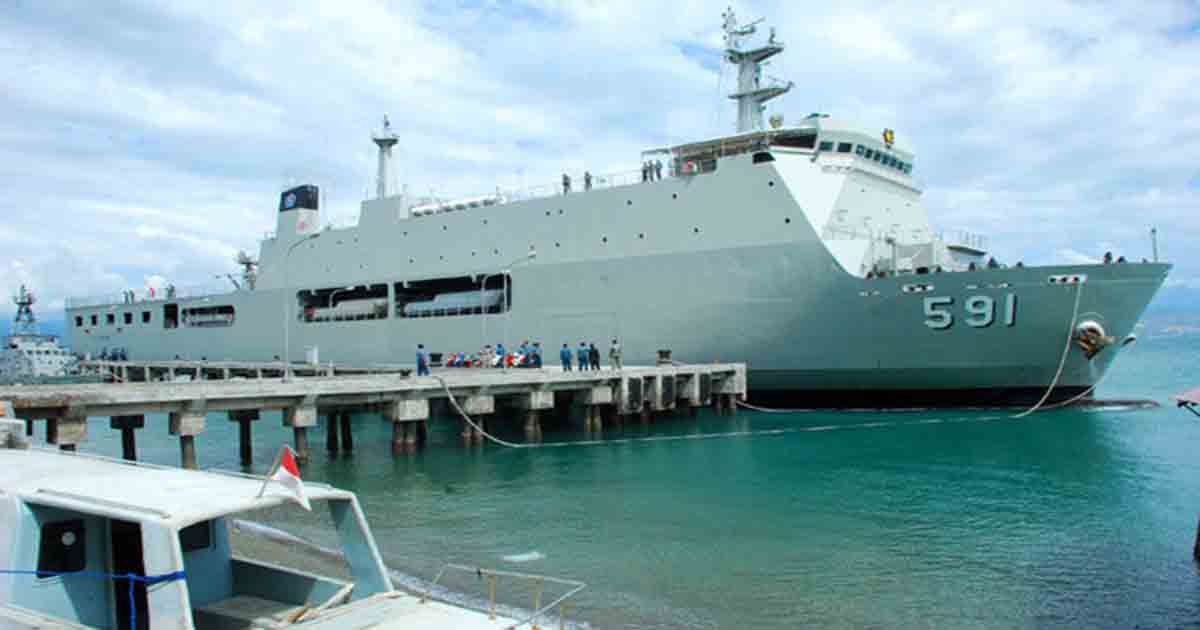
One of two Strategic Sea-lift Vessel for the Philippines is on its way to completion. This type is an upcoming class of Landing Platform Docks based on the Indonesian Navy’s Makassar/Banjarmasin-class being built by Indonesian state-owned shipbuilder PT PAL. Both are still unnamed, although the first of the class is temporarily named SSV no.1.
The 1st vessel SSV no.1 is set to launched in November 2015 and will be finished in July 2016. While the second unit SSV no.2 will start a few months after and will be delivered by the 2nd or 3rd quarter of 2017.
Both ships would be the first of its kind with semi-stealth technology and to be operated by the Philippine Navy are meant to be used for amphibious operations and transport duties in support of the Armed Forces of the Philippines, but will double as a support platform for Humanitarian and Disaster Relief (HADR) and Search & Rescue (SAR) operations.
Watch this video of Indonesian Navy Makassar class Landing Ship Dock (LPD). Similar to the Philippine Navy’s 2 new Strategic Sealift Vessel SSV being assembled now in Indonesia
Philippine Navy’s Strategic Sealift Vessels can act as the force’s floating command center while carrying out its main purpose as military sealift and transport vessel in events of disasters and calamities.
It will house a Presidential Room and a War Room to accommodate the Republic’s head and other high ranking military officials when need arises.
These sealift vessels will be carrying landing craft utility/mechanized, including the upcoming Amphibious Assault Vehicles, attack helicopters and each vessel can carry up to 500 troops plus a hundred vessel crew.
Check this Strategic Sea-lift Vessel image ongoing assembly taking shape.
| Class and type: | “Strategic Sealift Vessel” class |
| Type: | Landing Platform Dock |
| Displacement: | 11,583 tons full load |
| Length: | 125.00 m (404 ft) |
| Beam: | 21.80 m (72 ft) |
| Draft: | 6.00 m (20 ft) |
| Propulsion: | Combined diesel and diesel (CODAD) arrangement:
|
| Speed: | 16 knots (30 km/h) maximum |
| Range: | 9,360 nautical miles (17,300 km) |
| Endurance: | 30 Days |
| Boats and landing craft carried: |
|
| Capacity: | 500 troops and associated vehicles & equipment |
| Complement: | 121 |
| Sensors and processing systems: |
|
| Electronic warfare and decoys: |
|
| Armament: |
|
| Aircraft carried: | 2 × medium (10-ton) naval helicopters |
The data and images used credited to Indonesia media and the wikipedia.org
By: Robert Beerlak

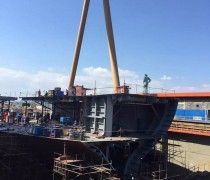
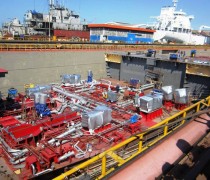
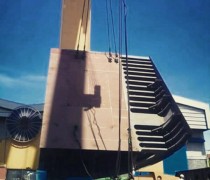
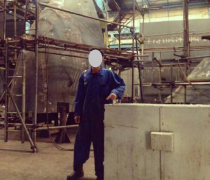

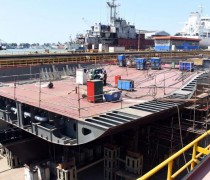
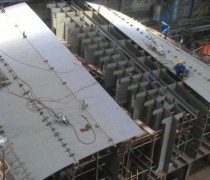

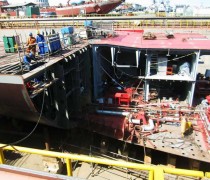
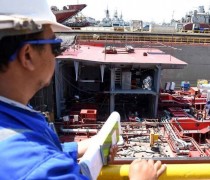
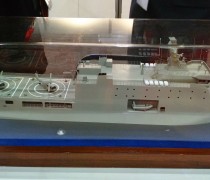
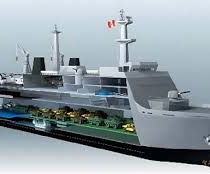
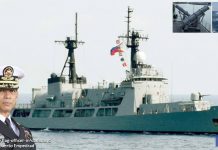
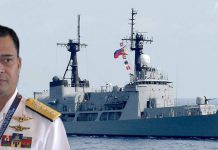








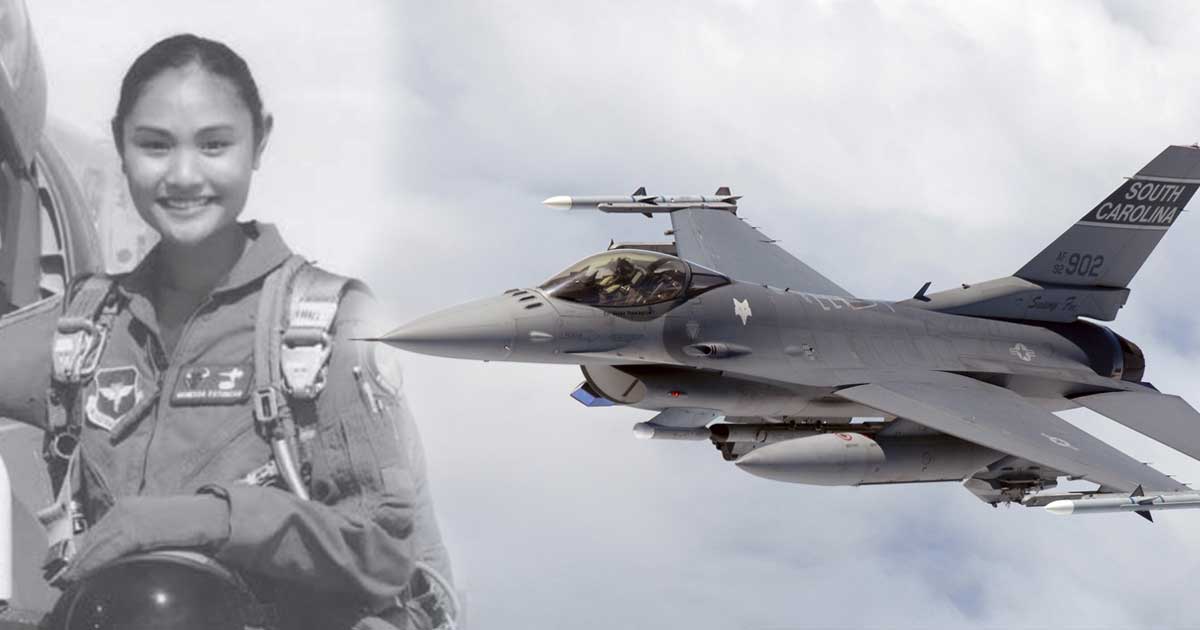
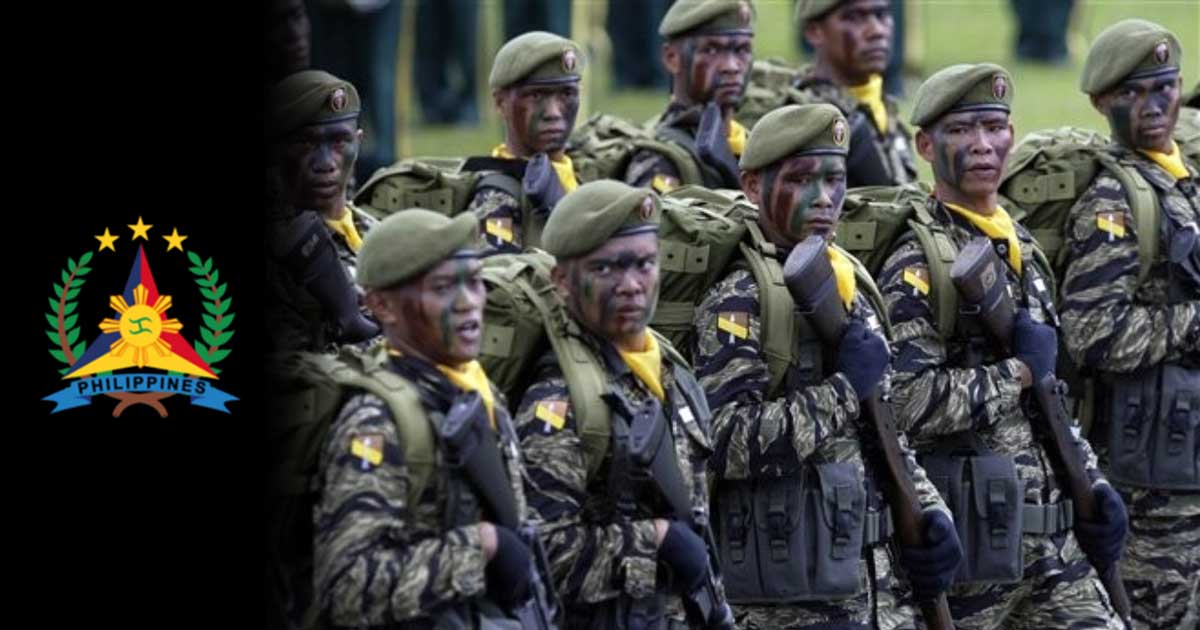
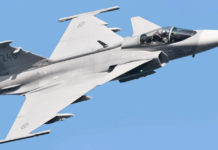


2 barko? tamang tama para gawin lang target practice yan ng china.
ok sana yan mganda kng lalagyan ng antu messile o patriot. kng wala saglet lng yan sa c hina sa dami ng messile ng china.tapos ang armas lng nyan 50 caliber lng o pataas. kung messile yan atlis cguro khit isa makatama tayo ng basrko ng china.sana maisip nila to ng pamunuan ng afp
You mean no local shipyard builders either multi national or pure Filipino own shipyard company can’t do this? Where are the best Pinoy Naval Architect? Keppel shipyard can’t do this?, how about the one in Balamban, Cebu. Austal Marine, can be twin hull or a trimaran. that is the real SSV or HSV.
All shipyard that we have are only expert for commercial vessel. Military or naval vessel is more complicated to build. The structure alone of having a hundreds of compartment/boxes to keep the ship floating just incase torpedoes hit the vessel is already pain in the ass if you dont have good experience.
I think, the more reason the Phil., shipyards (locally own or multinational) should be given priority by the government. I disagree with what you said. Mother company of Austal Marine in Balamban and Keppel in Batangas are all capable of building the hull for military/naval vessels or the whole package with all the military hardware that goes with it. As they built they already had a proto type to follow, all they need is to built according to plan. That’s the part the Phil., government should negotiate, so the government can provide jobs and the after sell repair and maintenance. That way, part of the negotiated deal is the maintenance and or upgrade, drydocking (for the whole lifespan of a vessel). There is a plan to follow anyway. Again Austal Marine is a naval vessel builder and contractor, (the parent company); the trimaran HHSV are one of their products, use by different Navies in the world. The government, as I can see should have an updated or improve means or ways of procurement system. That every time government has to updgrade or procure military/naval assets; go again to another round of negotiations, which is tedious and open for corruption. Have a long term negotiated deal that includes R & D, and local job generations. Also those vessels they are building for the Phil. government has an architetural designs. All the local shipyards has to follow (part of the deal). And so that goes with the consultancy jobs that I heard Philippine government is providing for the two Frigates vessels it is buying. Overseeing the constructions and liasoning for the different subcontractors just to put a vessels in shape and full operational status. A military vessel is not build by one company. It is a joint efforts by numerous companies.
the best president ever